Hot Products
YSX500D 50kW DR system set up and put into service in Cambodia.
YSENMED YSX500D 50kW digital x-ray system has been successfully set up and put into service in a hospital in Cambodia.
YSX056-PE serving as a vehicle-mounted x-ray in the Philippines
YSX056-PE 5.6kW portable x-ray unit has been adapted to fit on a truck, to provide mobile x-ray examination service for remote communities in the Philippines.
X Ray Machine To Zimbabwe
x ray machine, 50KW x ray machine
Microscope To Malawi
Achromatic objectives: 4X、10X、40X(S), 100X(S、Oil) Wide field eyepiece: WF10X(WF16X for option) Eyepiece head: Sliding binocular head inclined at 45° Stage: Double layer mechanical stage size 140X140mm, moving range 75X45mm Focusing: Coaxial coarse and
Why Every Eye Care Clinic Needs a Non-Contact Tonometer
Views : 1030
Update time : 2025-01-25 15:47:00
When it comes to eye care, one of the most critical aspects is monitoring intraocular pressure (IOP). High IOP can lead to serious conditions like glaucoma, which can cause irreversible vision loss. That's where non-contact tonometers come into play. If you're running an eye care clinic or thinking of starting one, let's dive into why having a non-contact tonometer is not just beneficial but essential.
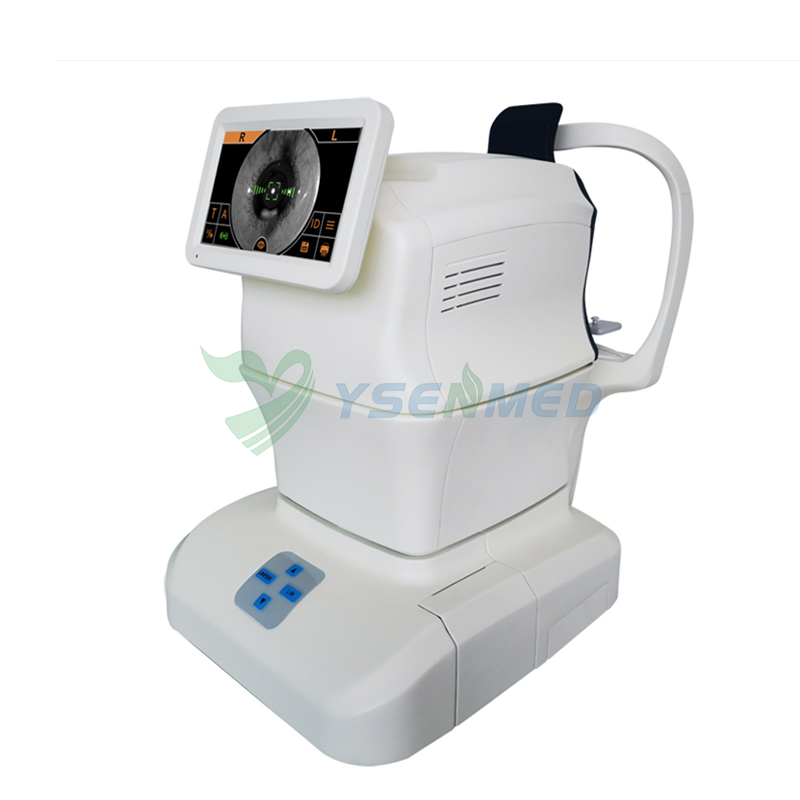
What is a Non-Contact Tonometer?
A non-contact tonometer (NCT) is a device used to measure the pressure inside the eye without touching it. Instead of using a probe that makes contact with the eye, NCT uses a puff of air to flatten the cornea slightly. This method makes the procedure quick, painless, and safe for patients.
The Importance of Measuring Intraocular Pressure
Understanding Intraocular Pressure
Intraocular pressure is the fluid pressure inside the eye. It's crucial for maintaining the eye's shape and ensuring proper function. Elevated IOP can be a sign of potential eye diseases, especially glaucoma. Regular monitoring can help catch these issues early.
Glaucoma: The Silent Thief of Sight
Glaucoma often develops without noticeable symptoms until significant damage has occurred. This condition can sneak up on patients, making regular IOP checks vital for early detection and management.
Benefits of Non-Contact Tonometers
1. Patient Comfort
One of the biggest advantages of NCTs is patient comfort. Traditional tonometry methods can be uncomfortable and intimidating, especially for anxious patients. The non-contact method eliminates the need for eye drops or direct contact, making the experience much more pleasant.
2. Speed and Efficiency
NCTs provide quick readings, allowing eye care professionals to see more patients in a shorter amount of time. This efficiency can significantly enhance the workflow in a busy clinic.
3. Accuracy and Reliability
Modern non-contact tonometers are designed to deliver accurate and reliable measurements. With advanced technology, these devices can minimize errors that might occur with other methods.
4. Easy to Use
NCTs are user-friendly, making them accessible for staff members with varying levels of experience. Training staff to use these devices is typically straightforward, ensuring that everyone can contribute to patient care effectively.
How Non-Contact Tonometers Work
The Mechanism Behind NCTs
The operation of a non-contact tonometer is fascinating. When the device blows a small puff of air onto the cornea, it measures the time it takes for the cornea to return to its original shape. This measurement is then used to calculate the IOP.
Calibration and Maintenance
Regular calibration and maintenance are essential to ensure the accuracy of NCTs. Clinics should follow manufacturer guidelines for upkeep to prevent discrepancies in readings.
Integrating NCTs into Your Clinic
Assessing Your Clinic's Needs
Before investing in a non-contact tonometer, assess your clinic's specific needs. Consider the number of patients you see daily and your budget.
Choosing the Right NCT
Not all non-contact tonometers are created equal. Research various models, read reviews, and consult with colleagues to find the best fit for your clinic.
Staff Training
Once you've acquired an NCT, invest time in training your staff. Proper training ensures that everyone is comfortable using the device and can explain the process to patients, alleviating any anxiety they may have.
Cost Considerations
Initial Investment vs. Long-Term Benefits
While the initial cost of a non-contact tonometer can be significant, consider the long-term benefits. Improved patient satisfaction, increased efficiency, and enhanced diagnostic capabilities can lead to greater profitability for your clinic.
Insurance and Reimbursement
Check with insurance providers about coverage for IOP measurements using NCTs. Understanding reimbursement policies can help you maximize your clinic's revenue.
Patient Education and Engagement
Explaining the Procedure
Take the time to explain the NCT procedure to patients. Use simple language and reassure them about the non-invasive nature of the test.
Building Trust
When patients feel informed and comfortable, they're more likely to trust your clinic and return for future visits. Building a rapport can enhance patient loyalty and satisfaction.
Keeping Up with Technology
Staying Updated
The field of eye care technology is always evolving. Stay informed about the latest advancements in non-contact tonometry and consider upgrading your equipment as needed.
Conclusion
In summary, every eye care clinic should consider adding a non-contact tonometer to its arsenal. From enhancing patient comfort to providing quick and accurate measurements, the benefits are clear. By investing in this technology, you not only improve your practice's efficiency but also contribute to better patient outcomes. So, if you haven't already, it's time to embrace the future of eye care and make non-contact tonometry a standard in your clinic. Your patients—and their eyes—will thank you!
FAQ
What is a non-contact tonometer and how does it work?
A non-contact tonometer (NCT) is a device used to measure the intraocular pressure (IOP) of the eye without any physical contact. It works by directing a small puff of air onto the cornea. The device measures how the cornea responds to this air puff, specifically the time it takes for the cornea to return to its original shape. This response is then used to calculate the IOP.
Is the non-contact tonometry procedure painful?
No, the non-contact tonometry procedure is designed to be painless and comfortable. Since there is no direct contact with the eye and no need for eye drops, most patients find the experience quick and non-invasive. Some may feel a light puff of air, but it typically causes no discomfort.
How often should I have my intraocular pressure checked?
The frequency of IOP checks depends on various factors, including your age, family history of eye diseases, and overall eye health. Generally, if you are at higher risk for conditions like glaucoma, your eye care professional may recommend more frequent checks—possibly annually or even more often. For those without risk factors, a routine check every two years may suffice.
Can non-contact tonometry replace other methods of measuring IOP?
While non-contact tonometry is a valuable tool for measuring IOP, it is not a complete replacement for other methods. It’s often used as a preliminary screening tool. In some cases, particularly for patients with specific eye conditions, additional methods like applanation tonometry may be necessary for more precise measurements.
Are there any limitations to using a non-contact tonometer?
Yes, there are some limitations. Non-contact tonometers may not provide accurate readings for all patients, especially those with very high or very low IOP, or those with certain corneal conditions. Additionally, factors like corneal thickness and curvature can affect the accuracy of the readings. Therefore, eye care professionals often use NCT results in conjunction with other diagnostic tools for a comprehensive assessment.

What is a Non-Contact Tonometer?
A non-contact tonometer (NCT) is a device used to measure the pressure inside the eye without touching it. Instead of using a probe that makes contact with the eye, NCT uses a puff of air to flatten the cornea slightly. This method makes the procedure quick, painless, and safe for patients.
The Importance of Measuring Intraocular Pressure
Understanding Intraocular Pressure
Intraocular pressure is the fluid pressure inside the eye. It's crucial for maintaining the eye's shape and ensuring proper function. Elevated IOP can be a sign of potential eye diseases, especially glaucoma. Regular monitoring can help catch these issues early.
Glaucoma: The Silent Thief of Sight
Glaucoma often develops without noticeable symptoms until significant damage has occurred. This condition can sneak up on patients, making regular IOP checks vital for early detection and management.
Benefits of Non-Contact Tonometers
1. Patient Comfort
One of the biggest advantages of NCTs is patient comfort. Traditional tonometry methods can be uncomfortable and intimidating, especially for anxious patients. The non-contact method eliminates the need for eye drops or direct contact, making the experience much more pleasant.
2. Speed and Efficiency
NCTs provide quick readings, allowing eye care professionals to see more patients in a shorter amount of time. This efficiency can significantly enhance the workflow in a busy clinic.
3. Accuracy and Reliability
Modern non-contact tonometers are designed to deliver accurate and reliable measurements. With advanced technology, these devices can minimize errors that might occur with other methods.
4. Easy to Use
NCTs are user-friendly, making them accessible for staff members with varying levels of experience. Training staff to use these devices is typically straightforward, ensuring that everyone can contribute to patient care effectively.
How Non-Contact Tonometers Work
The Mechanism Behind NCTs
The operation of a non-contact tonometer is fascinating. When the device blows a small puff of air onto the cornea, it measures the time it takes for the cornea to return to its original shape. This measurement is then used to calculate the IOP.
Calibration and Maintenance
Regular calibration and maintenance are essential to ensure the accuracy of NCTs. Clinics should follow manufacturer guidelines for upkeep to prevent discrepancies in readings.
Integrating NCTs into Your Clinic
Assessing Your Clinic's Needs
Before investing in a non-contact tonometer, assess your clinic's specific needs. Consider the number of patients you see daily and your budget.
Choosing the Right NCT
Not all non-contact tonometers are created equal. Research various models, read reviews, and consult with colleagues to find the best fit for your clinic.
Staff Training
Once you've acquired an NCT, invest time in training your staff. Proper training ensures that everyone is comfortable using the device and can explain the process to patients, alleviating any anxiety they may have.
Cost Considerations
Initial Investment vs. Long-Term Benefits
While the initial cost of a non-contact tonometer can be significant, consider the long-term benefits. Improved patient satisfaction, increased efficiency, and enhanced diagnostic capabilities can lead to greater profitability for your clinic.
Insurance and Reimbursement
Check with insurance providers about coverage for IOP measurements using NCTs. Understanding reimbursement policies can help you maximize your clinic's revenue.
Patient Education and Engagement
Explaining the Procedure
Take the time to explain the NCT procedure to patients. Use simple language and reassure them about the non-invasive nature of the test.
Building Trust
When patients feel informed and comfortable, they're more likely to trust your clinic and return for future visits. Building a rapport can enhance patient loyalty and satisfaction.
Keeping Up with Technology
Staying Updated
The field of eye care technology is always evolving. Stay informed about the latest advancements in non-contact tonometry and consider upgrading your equipment as needed.
Conclusion
In summary, every eye care clinic should consider adding a non-contact tonometer to its arsenal. From enhancing patient comfort to providing quick and accurate measurements, the benefits are clear. By investing in this technology, you not only improve your practice's efficiency but also contribute to better patient outcomes. So, if you haven't already, it's time to embrace the future of eye care and make non-contact tonometry a standard in your clinic. Your patients—and their eyes—will thank you!
FAQ
What is a non-contact tonometer and how does it work?
A non-contact tonometer (NCT) is a device used to measure the intraocular pressure (IOP) of the eye without any physical contact. It works by directing a small puff of air onto the cornea. The device measures how the cornea responds to this air puff, specifically the time it takes for the cornea to return to its original shape. This response is then used to calculate the IOP.
Is the non-contact tonometry procedure painful?
No, the non-contact tonometry procedure is designed to be painless and comfortable. Since there is no direct contact with the eye and no need for eye drops, most patients find the experience quick and non-invasive. Some may feel a light puff of air, but it typically causes no discomfort.
How often should I have my intraocular pressure checked?
The frequency of IOP checks depends on various factors, including your age, family history of eye diseases, and overall eye health. Generally, if you are at higher risk for conditions like glaucoma, your eye care professional may recommend more frequent checks—possibly annually or even more often. For those without risk factors, a routine check every two years may suffice.
Can non-contact tonometry replace other methods of measuring IOP?
While non-contact tonometry is a valuable tool for measuring IOP, it is not a complete replacement for other methods. It’s often used as a preliminary screening tool. In some cases, particularly for patients with specific eye conditions, additional methods like applanation tonometry may be necessary for more precise measurements.
Are there any limitations to using a non-contact tonometer?
Yes, there are some limitations. Non-contact tonometers may not provide accurate readings for all patients, especially those with very high or very low IOP, or those with certain corneal conditions. Additionally, factors like corneal thickness and curvature can affect the accuracy of the readings. Therefore, eye care professionals often use NCT results in conjunction with other diagnostic tools for a comprehensive assessment.
Related News
Read More >>
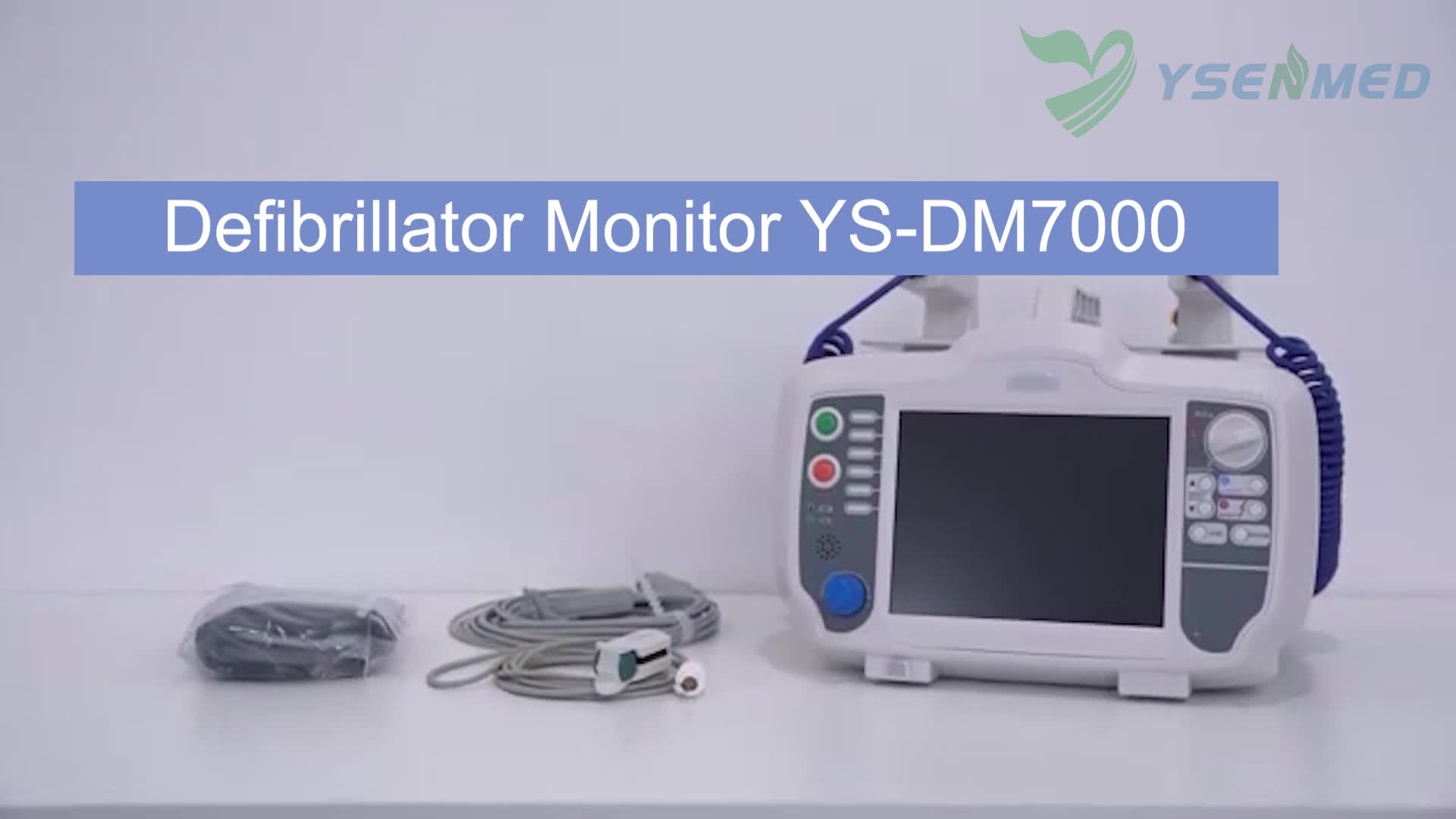 Introduction video of YSENMED YS-DM7000 Defibrillator Monitor
Introduction video of YSENMED YS-DM7000 Defibrillator Monitor
May .02.2025
Here we share the introduction video of YSENMED YS-DM7000 Defibrillator Monitor.
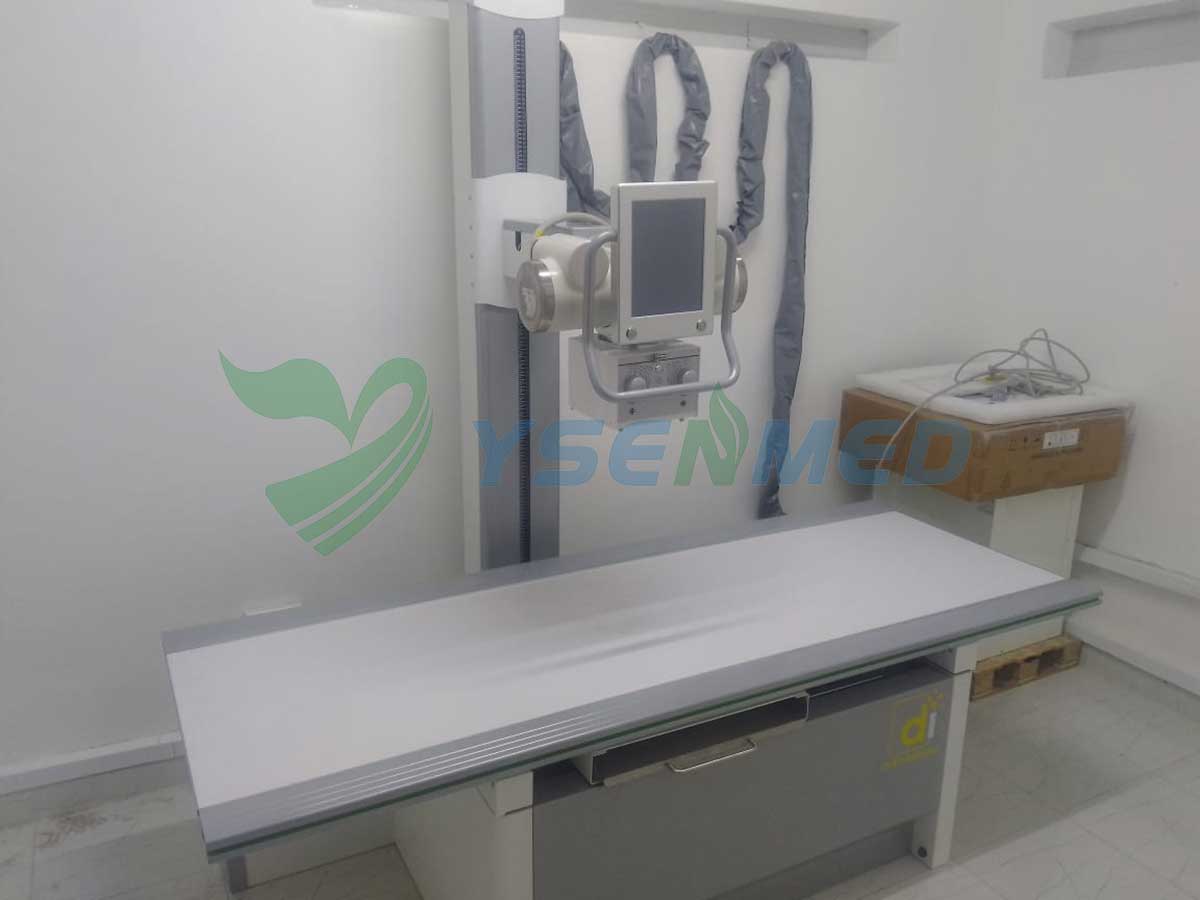 Kenyan distributor sets up YSX500D DR system and considers re-purchase.
Kenyan distributor sets up YSX500D DR system and considers re-purchase.
May .01.2025
Our Kenyan distributor has successfully set up the YSX500D 50kW digital x-ray system in a hospital, and considers purchasing another 32kW x-ray system.
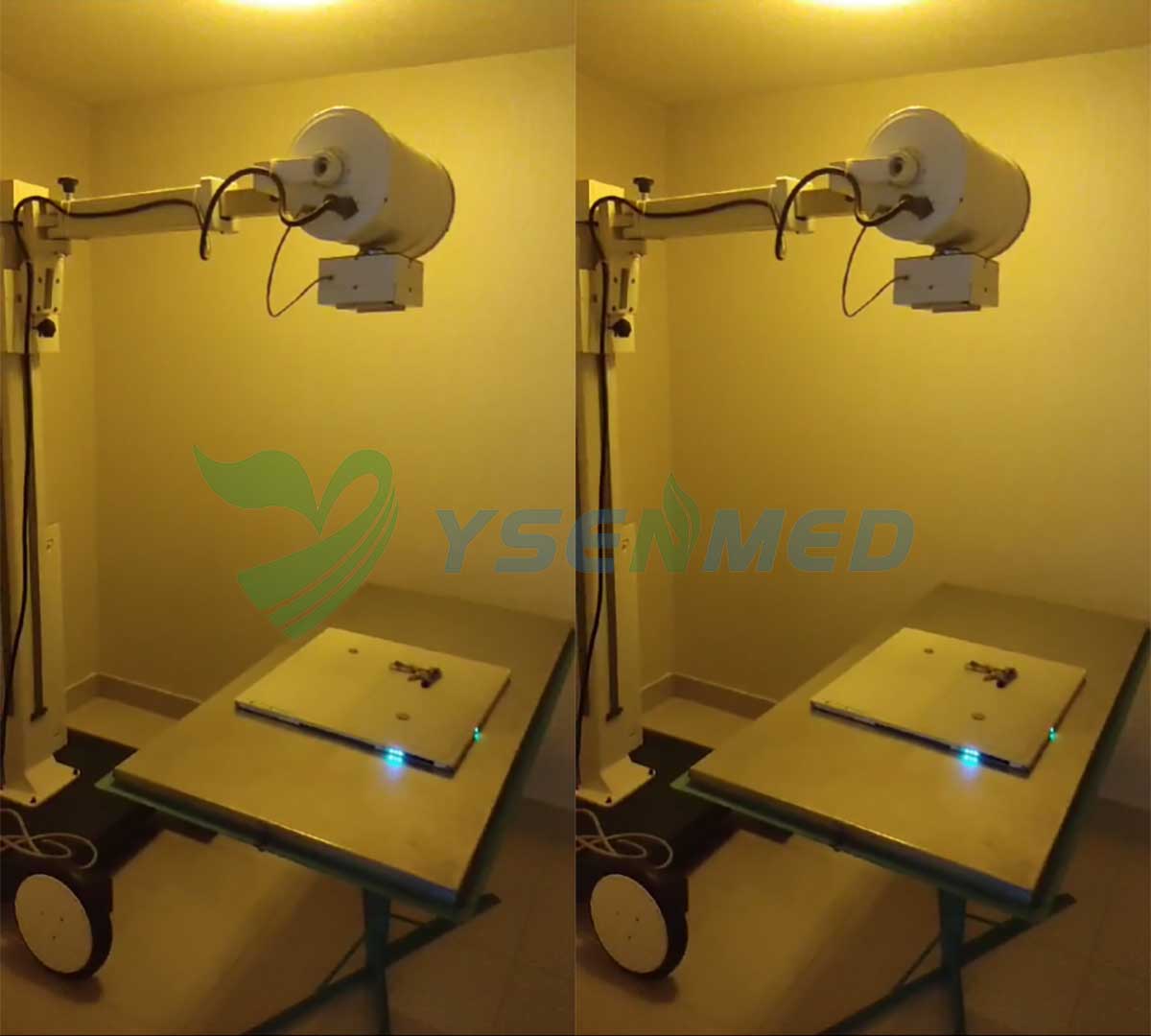 YSFPD-M1717V VET flat panel detector helps digitize the x-ray in a Peruvian vet clinic
YSFPD-M1717V VET flat panel detector helps digitize the x-ray in a Peruvian vet clinic
Apr .30.2025
With the professional after-sales assistance from YSENMED team, Peruvian vet has managed to upgrade his mobile analog x-ray system with YSFPD-M1717V VET wilress flat panel detector and the images come out clear and highly satisfactory.
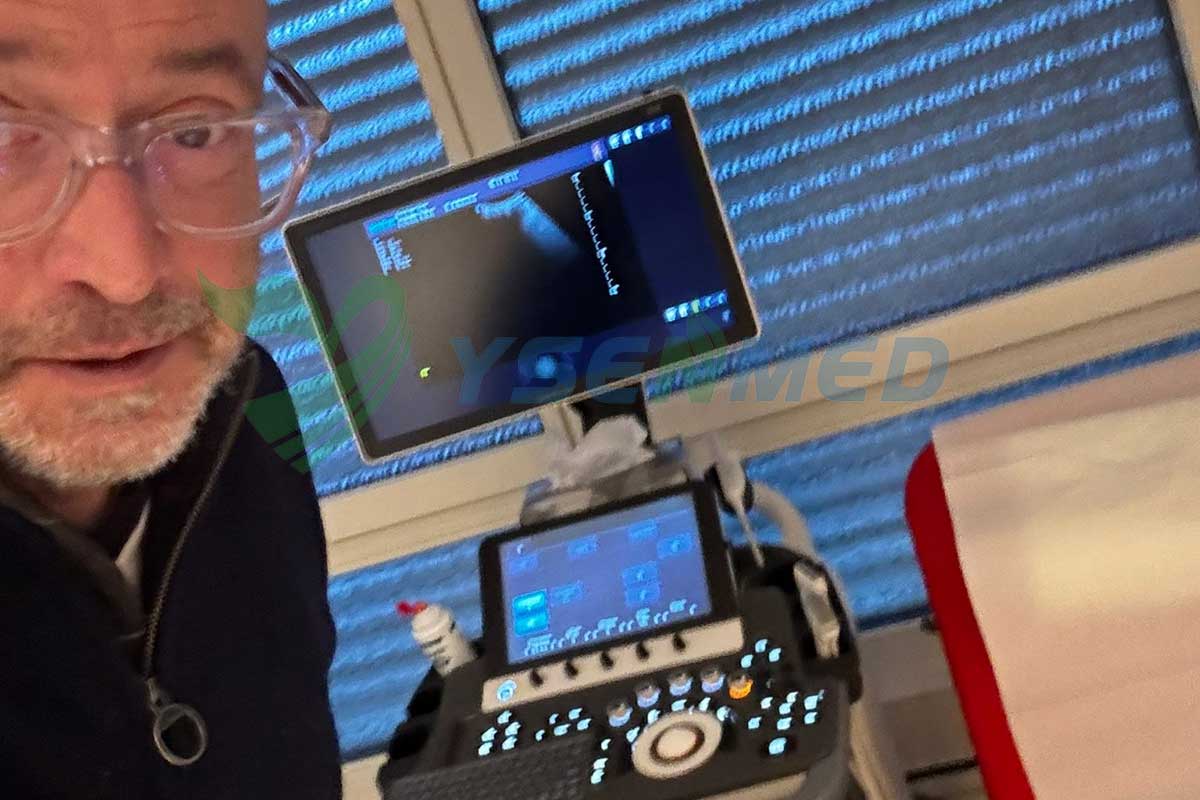 The well functioning SonoScape S50 ultrasound system makes Dr. Roger happy
The well functioning SonoScape S50 ultrasound system makes Dr. Roger happy
Apr .29.2025
Dr. Roger is so excited to receive the SonoScape S50 color doppler ultrasound system, and he can't wait to put it into practice.



